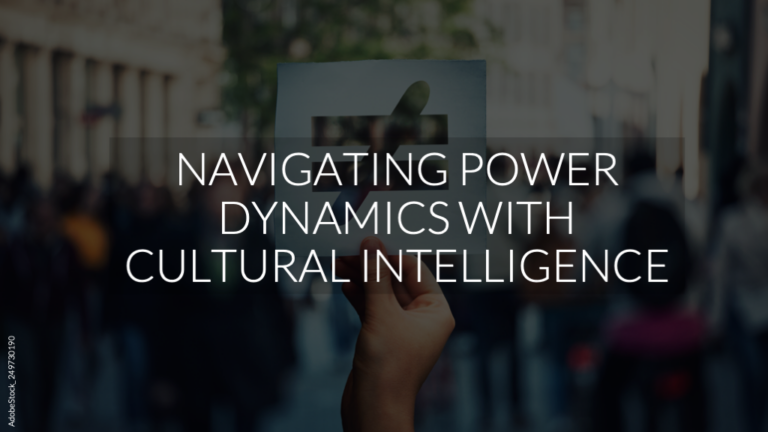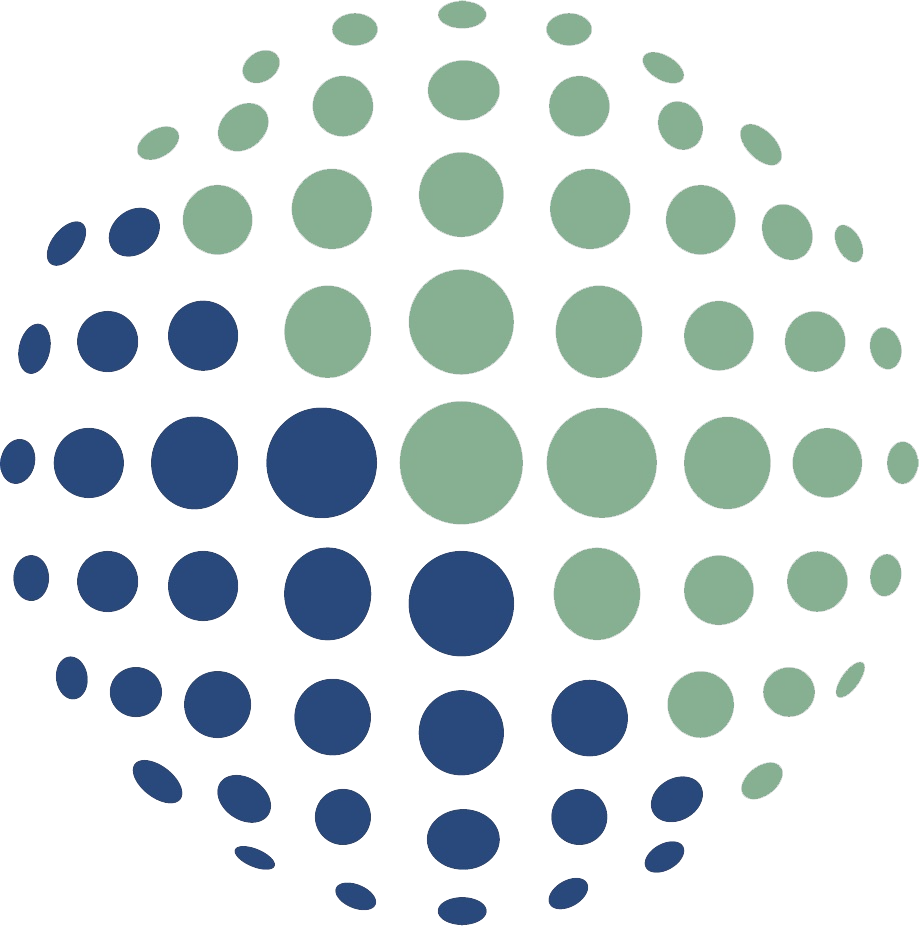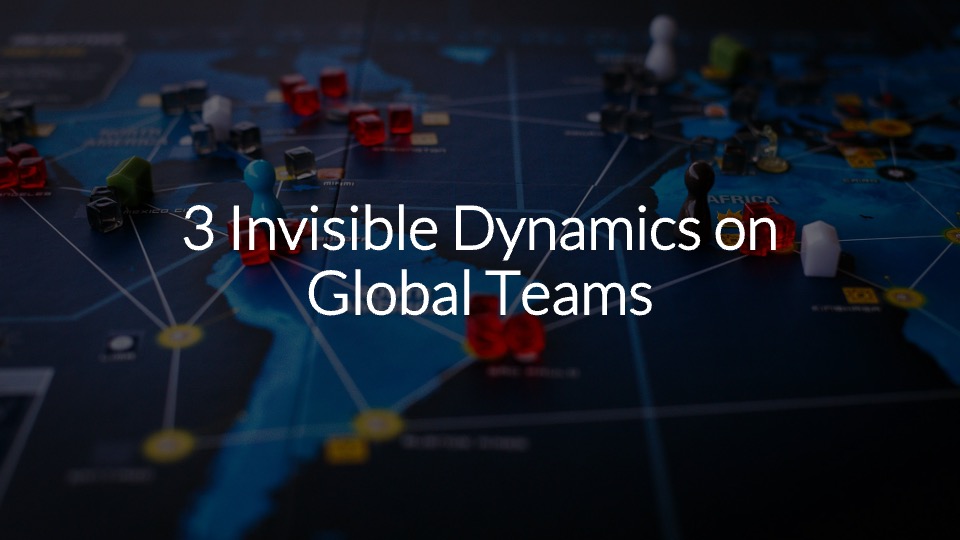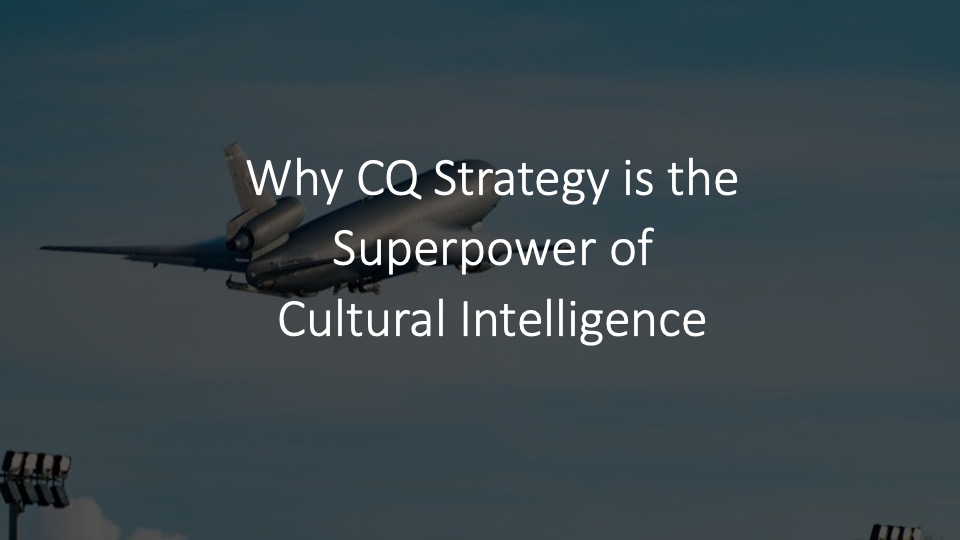
Imagine you’re a project manager leading a cross-functional team with four other team members:
-
- An Indian engineer (43 years old, he/him)
- A US marketer (38 years old, they/them)
- A German sales director (46 years old, she/her)
- A French HR business partner (52 years old, she/her)
How will you apply cultural intelligence to leading this team? You might start with mapping their cultural value differences since it will be important to know their preferred communication and work styles. You will want to ensure the team is aligned around the shared objective and expected deliverables. You might informally evaluate the four CQ capabilities of each individual and the team as a whole. But you will be woefully ineffective leading this team if you don’t also consider the spoken and unspoken status differences among the five of you. Who has the most power in the room? Who has the deepest ties with other powerful people at the organization? Who is getting paid the most? How do the different genders, skin colors, and ages among the five of you influence the team dynamics?
To date, cultural intelligence has primarily looked at cultural differences through what academics refer to as horizontal differences—neutral differences in how people think and behave based on their cultural backgrounds. But in order for cultural intelligence to remain relevant and create the change we long for, it also has to look more directly at its application to social injustice and power disparities—described as vertical diversity.
WHAT IS HORIZONTAL AND VERTICAL DIVERSITY?
Let’s start with a couple definitions.
Horizontal Diversity: Differences in how we think and behave based upon the figured worlds where we’ve been socialized
There’s nothing better or worse about these differences, they’re simply different approaches to work and relationships. This is the predominant form of diversity where CQ has been researched and applied.
Examples: Cultural value differences that emerge from nationality, race, gender, age, work experience, etc.
Vertical Diversity: Differences in the power and status among a group, both explicit and implicit
This is the variation in where one falls on the hierarchy of power within a group. Vertical diversity is somewhat context specific. I’m a part of some groups where I have the most power and others where I have much less. And some individuals are repeatedly in contexts where they have limited power and status, hence the term “marginalized” individuals.
Examples: Power and status differences based on roles (e.g., leader vs. team member), educational background, socio-economic status, and the status associated with one’s identity.
Perhaps you’re thinking, But aren’t some forms of diversity both horizontal and vertical (e.g., race, gender, nationality). Absolutely! The two forms of diversity overlap. But it’s useful to consider these two dimensions separately lest we overlook some of the specific implications.
WHY DOES VERTICAL DIVERSITY MATTER?
Vertical diversity exists in every group, but CQ has only tangentially been applied to status and power differences. That needs to change because navigating power differences is often the driving factor in outcomes like psychological safety, strategic negotiation, and team effectiveness.
Admittedly, it’s more comfortable to facilitate sessions on cultural intelligence that emphasize neutral differences. It avoids telling anyone their values and way of work is wrong; we simply caution people against assuming their way is the only right way to think and behave. There’s plenty to talk about with horizontal diversity—the frustration that ensues from people who don’t prioritize punctuality, the confusion that emerges from different styles of communication, and the difficulty of working on a team with varying degrees of risk tolerance. However, addressing horizontal differences without also addressing vertical ones limits the effectiveness of CQ.
Early in my career, I was tasked with leading a US organization’s international expansion. I pretty quickly picked up on a lot of frustration among our international partners about how they felt about working with us. Even as a newbie to international work, I realized local leaders probably weren’t going to talk directly with me about their concerns. I was representing headquarters, which by the way was also a primary source of their funding. Learning how to use a more indirect communication style (horizontal diversity) was helpful but it didn’t get me far enough. I genuinely wanted to know how we could partner with them better but I couldn’t get them to confide in me. It took many failed attempts and the help of a couple key mentors in the regions where we worked who helped me develop long-term relationships of trust. This eventually mitigated the perceived difference in our status so that we could develop a more collaborative, high trust working relationship.
Even if a team is is all the same gender, nationality, age, and skin color—there will still be status differences. In some contexts, differences in appearance, socio-economic status, tenure, and where you went to school may have more impact on the biases people encounter and the advancement opportunities offered than your nationality or ethnicity. The impact of vertical diversity is one reason why a singular focus on cognitive diversity is inadequate. Working on a team with people who have different thinking styles and perspectives provides some useful insights but doesn’t equal the rich insights provided by people who see things differently based on their place in the chain of hierarchy.
A great deal of what we’ve learned from the DEI community over the last decade including topics like covering, reduced participation, lower morale, a negative impact on the mental health of those with less status gives us a head start on how to apply CQ to vertical diversity. We know it requires systemic change. But we need robust research that specifically examines the power of CQ to address power differences. Thankfully, I’m not alone in this pursuit. My dear friend and colleague, Soon Ang, the pioneering researcher of cultural intelligence writes:
“Attributes such as nationality, ethnicity, and gender evoke inequality and power imbalance due to sociohistorical events such as colonialization, oppression, and marginalization. Vertically differentiated interactions create different concerns for members of the dominant group versus the minority groups. Building on this stream of research, I intend to broaden the conceptualization of CQ to embrace dynamics of vertical differentiation, from the point of view of both the dominant and minority groups.” (Soon Ang)
HOW DOES CULTURAL INTELLIGENCE APPLY TO VERTICAL DIVERSITY?
We’re designing studies to explicitly examine the application of CQ to vertical diversity. But we’re not starting from ground zero. The work from the past 20 years provides some initial direction. Here’s a starting point in how we might adjust the application of the four CQ capabilities for vertical differences:
*CQ Drive : Evaluate one’s motivation in light of the power dynamics involved.
It’s sometimes said that the person with the highest CQ should do the most adapting. That’s a good rule of thumb when thinking about horizontal diversity. But in contexts where there are status differences (almost every context), I would propose that the person with the most power and influence should do the most adapting.
*CQ Knowledge: Study the significance of decolonization, systemic racism, and social justice to understand how to work and relate in light of vertical differences.
When teaching CQ Knowledge, we often focus on “cultural values” as a critical way to understand differences. For vertical diversity, we need to focus more on “cultural systems”—the historical and cultural systems of a society surrounding things like legal and economic systems, family structures, educational systems etc. Geo-politics, the history of colonization, and learning about varying forms of oppression across the world are critical bodies of knowledge to inform how we apply CQ vertically.
*CQ Strategy: Anticipate what power and status differences might most influence the interaction
If I was leading the project team described at the beginning of this article, I would try to identify which function yields the most power among the five of us. That will vary based on the organization and the project. Then I would consider how the social demographics among our group (nationality, gender, age, race, sexual orientation, etc.) may implicitly impact one’s status on the team. I would also consider what invisible differences may contribute to power differences among us. Being a Stanford or Oxbridge graduate may seem irrelevant for a project team but in some contexts, those graduates’ words may subtly carry more weight. If one team member’s kids go to school with the CEO’s kids, it may give that person a sense of power and insight that others don’t have.
CQ Strategy is where we need to do some of the deepest work applying CQ to vertical diversity. We need tools to identify the status differences in a context along with specific strategies for how to address the imbalance in power.
*CQ Action: Put the onus of responsibility for adaptation on those with the most power
Typically, we apply CQ Action by saying you should figure out whether or not to adapt based on things like—what’s the objective, is it a tight or loose culture, and will adapting force me to compromise? The emphasis is upon the goal and upon reciprocity; With vertical diversity, everyone needs to do some adapting, with more responsibility on those who have the most power.
In reality, those furthest down the hierarchy of vertical diversity are often expected to do the most adapting. My daughter is a new attorney and although she isn’t particularly interested in golf, she’s weighing whether to become a golfer so that she can improve her access to power and opportunity with partners and clients. It’s unlikely that a young male attorney would feel the pressure to consider whether learning yoga is something he should adopt in order to improve his access to the partner track. Forgive the crass stereotypes but you get the idea.
When I talk with white church leaders about ensuring their congregations reflect their communities, some ask, “Do you say the same thing to Black churches?” I don’t—at least not to the same degree. Historically, the Black church was the one time and place in a week when the enslaved community could come together without white people around. Even today, many Black people face the imbalance of power in their workplaces and communities all week long therefore, telling them to increase the diversity of their congregations is a different ask than telling a white congregation to do so. A culturally intelligent approach to vertical diversity understands that different levels of adaptation are needed in light of the power differences—past and present.
Organizational CQ, another frontier we’re exploring on the cultural intelligence terrain is perhaps even more relevant for addressing vertical diversity than individual CQ is. Creating organizational routines that are explicitly inclusive and equitable helps address the varying levels of power and status across the organization.
Katie Oertli Mooney, one of this year’s CQ Fellows and Managing Director at Seramount is devoting her CQ Fellows solution to addressing vertical diversity. In working with the diversity leaders from some of the largest companies on the planet, she sees the critical need for applying to CQ to power and status differences. Katie and I, together with all of our CQ Fellows and the community of academics researching cultural intelligence welcome your ideas, insights, and research to ensure that CQ becomes a tool that addresses inequity and provides a more inclusive, culturally intelligent world for all.



